RBI to raise rates again, a slim majority of economists expect 50 bps hike
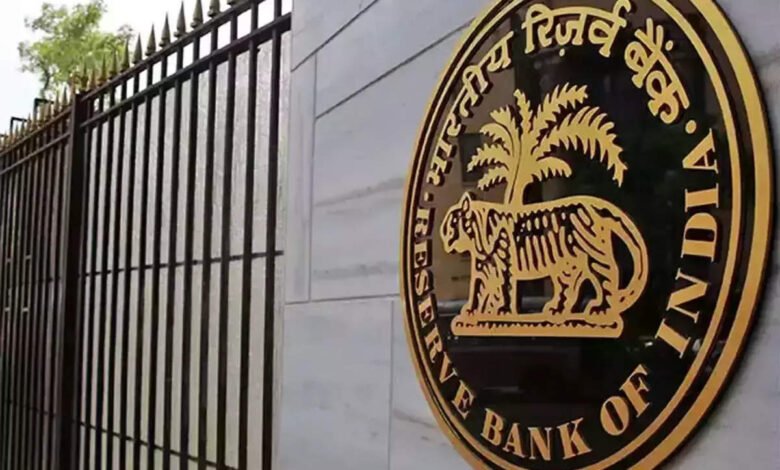
RBI to raise rates again, a slim majority of economists expect 50 bps hike
According to a narrow majority of economists surveyed by Reuters, the Reserve Bank of India would increase interest rates once more the following week, with some forecasting a lower 35 basis pts increase. Although there was broad agreement that the RBI would hike rates at its Meeting on September 30, there were disagreements about how much it would go given the rising inflation percentage of 7% and the declining value of the rupee.
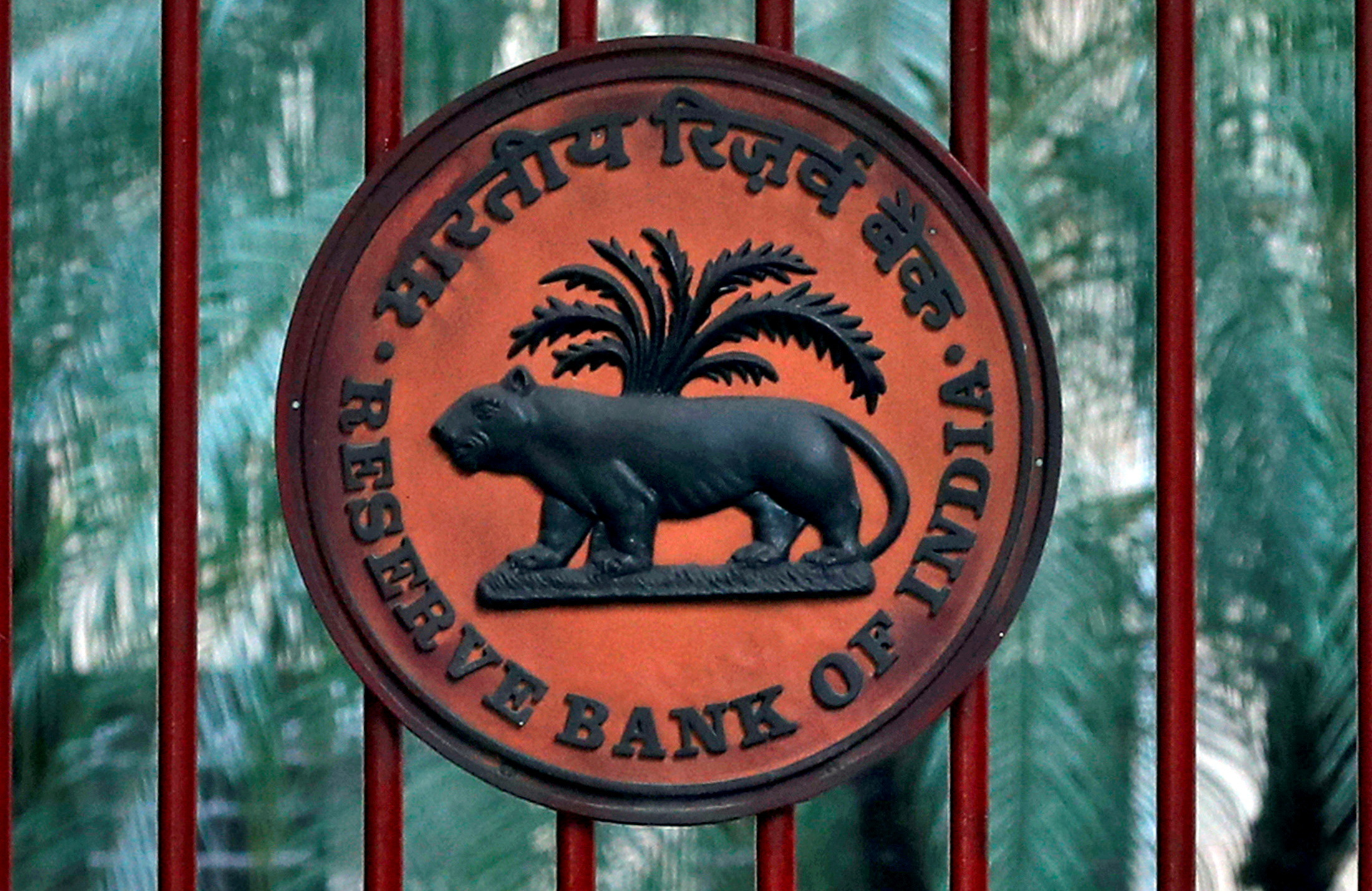
Despite inflation remaining over the upper end of its range of 2-6% across the year, the RBI has trailed behind several of its international rivals. Three successive rate increases, one of which was unannounced, totaling 140 basis pts since May, have brought the benchmark repo rate to 5.40%.
Five different economists disagreed on what the RBI will do during its upcoming Meeting, according to the most recent Reuters poll.
26 out of 51 respondents, or little over half, predicted that the RBI would raise the repo rate by 50 basis points to 5.90%. 20 more forecast an increase of 35 basis pts. The projections for the remaining 5 participants were more modest, spanning from 20 to 30 percentage pts.
No one anticipated the RBI to keep rates constant this time, despite the fact that many amended their predictions upward from a survey conducted in August. There were no apparent explanations for why the reserve bank would choose a more minor move now when most of its competitors are going large.
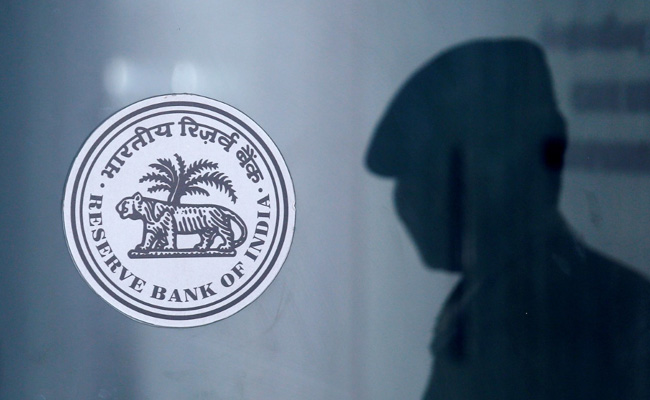)
The dollar index reached a fresh two-decade high after the U.S. Federal Reserve recently announced its third consecutive 75 basis point boost and showed no signs of slowing. This put more downturn on the rupee.
Despite the pandemic’s apparent effects, Sajjid Chinoy, chief economist for India at J.P. Morgan, predicted that India’s swollen fiscal and current account deficits in the aftermath of a stronger currency would put a bigger emphasis on macro stability.
However, the recent spike in food prices and an aggressive Fed will force the RBI to keep moving 50 basis points (bps) rather than 35 at the Meeting held and force them to act once more in December, bringing the end rate nearer to 6.25%, which is 50 bps greater than the outcome of a global recession that we had been expected.
The poll exposed that the RBI was pursuing a moderate approach to rate hikes, with no clear consensus on when to stop raising rates, but with median estimates predicting that the repo rate would remain at 6.00% through the end of 2023.

The rupee, which has been down about 9% for the year, dropped to an all-time bottom of 80.86/dollar on Wednesday, below experts’ expectations according to a separate Reuters poll. A weakened currency is expected to increase the cost of imports and prolong high inflation.
The survey indicated that inflation would continue to rise through the first quarters of 2023, above the RBI’s tolerance level. The pace of increase was assumed to fall to 6.2% this quarter and further to 4.4% in the two following quarters, despite the GDP expanding 13.5% last quarter compared to a year earlier, making India the fastest-growing major economy in the world.
That might be one of the causes for the RBI’s slower pace of growth than other major central banks.
Over 60% of experts, 23 of 38 who responded to a follow-up question, predicted that by the conclusion of this fiscal year, the RBI would consider changing interest rates more frequently than usual due to a slowdown in the economy.
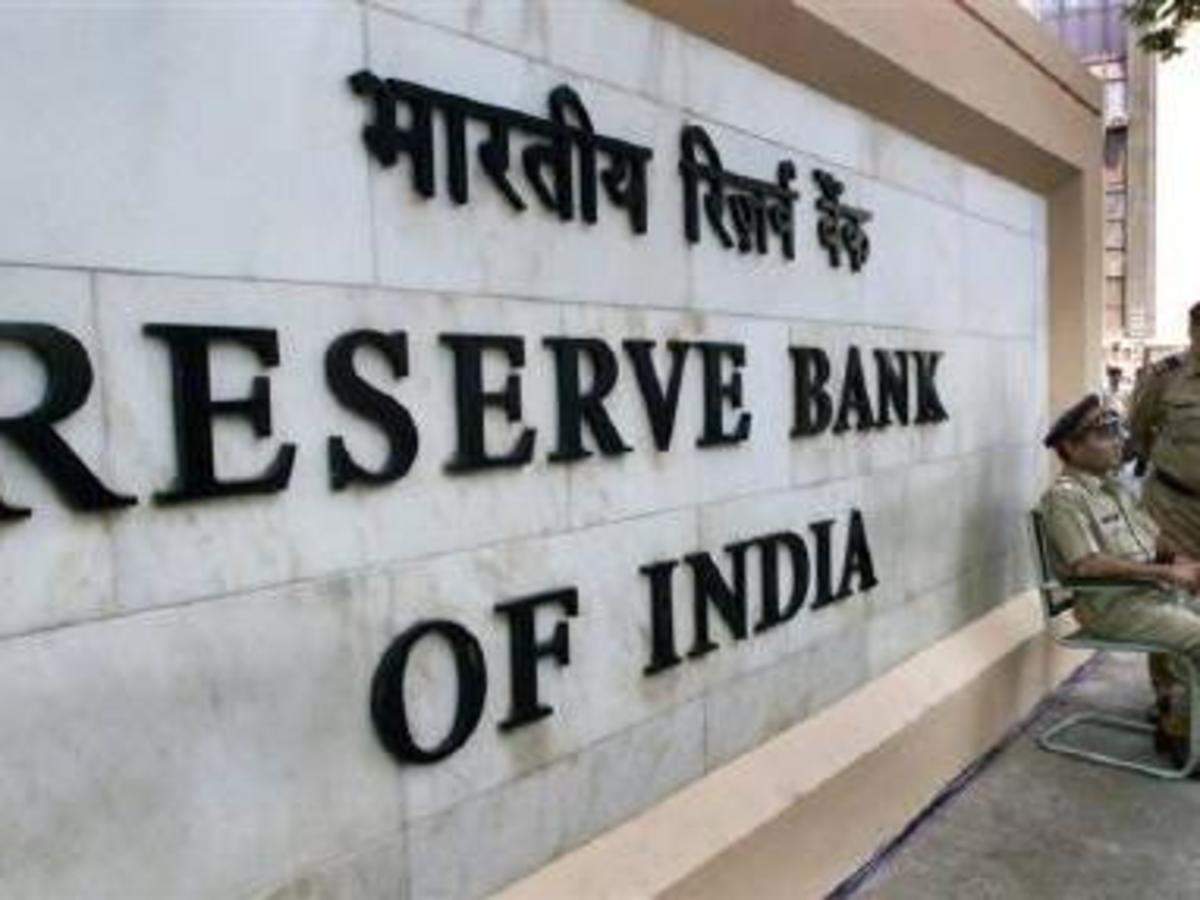
According to the survey, economists predicted that growth would be 6.2% to 6.5% over the next two years on average. 26 out of 51 respondents, or just over half, indicated that the RBI would raise the repo percentage by 50 basis pts to 5.90%. 20 more forecast a rise of 35 percentage points. The other five informants stated a more moderate rise of 20 to 30 basis pts.
The dollar index reached a record two-decade high as a result of the U.S. Federal Reserve’s third consecutive 75 basis point increase, which also put an additional downturn on the rupee. However, the recent rise in food prices and a hawkish Fed will push the RBI to act again in December, boosting the final rate to 6.25%, forcing it to move 50 basis points rather than 35 in the September meeting. The worldwide downturn resulted in 50 bps more than we had assumed.
The poll indicated that the RBI was taking a moderate stance because there was no clear consensus over when the rate increase would halt, but because the average forecast suggested that the repo rate would remain at 6.00% until the end of 2023.
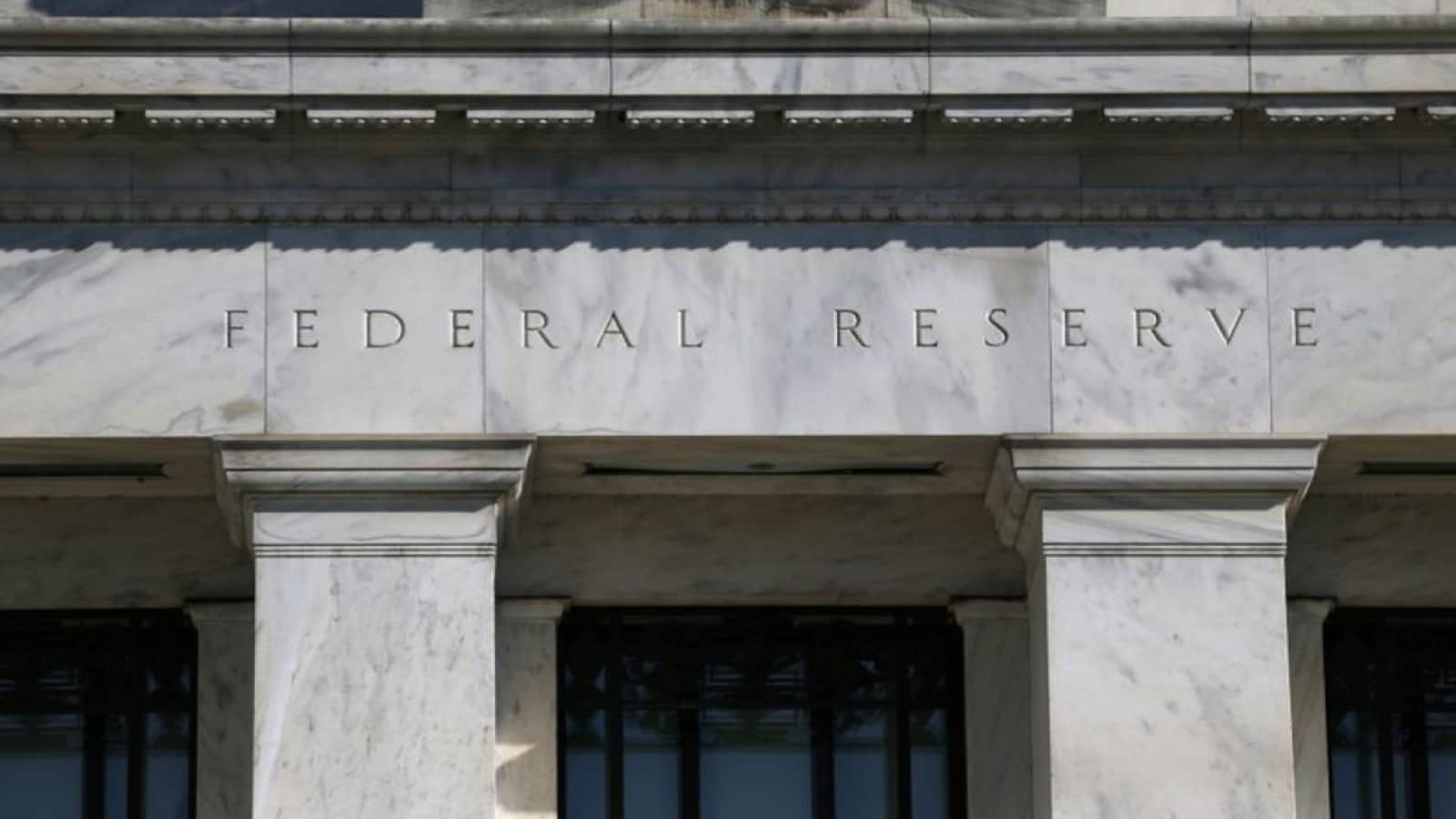
The rupee, which has lost about 9% of its value this year, struck an all-time low against the dollar on Wednesday, higher than economists had anticipated in a report. Import costs will likely increase with a weaker currency, and inflation may remain elevated for longer.
The study also revealed that inflation continued to rise until the first half of 2023, above the RBI’s tolerance level. The pace of increase slowed to 6.2% this quarter and 4.4% in the following two quarters, despite a GDP of 13.5% in the preceding quarter compared to a year earlier, which made India the world’s fastest-growing major economy.
This might be one of the factors keeping RBI from moving at the same rate as other major central banks. By the conclusion of the current fiscal year, 23 out of 38 experts who responded to a follow-up question predicted that the economic growth slowdown would have a more significant impact on RBI’s interest rate decisions than usual. According to the study, experts are expecting the growth rates to range between 6.2% and 6.5% during the following two years.
edited and proofread by nikita sharma




